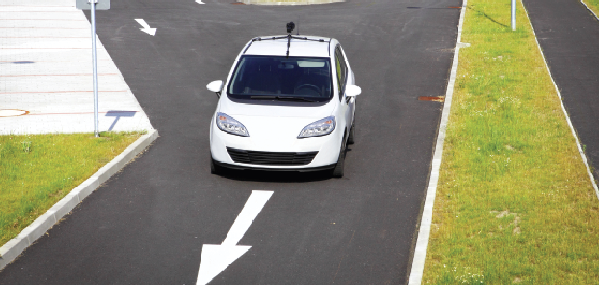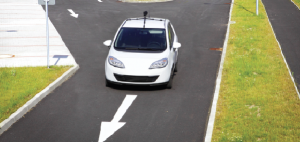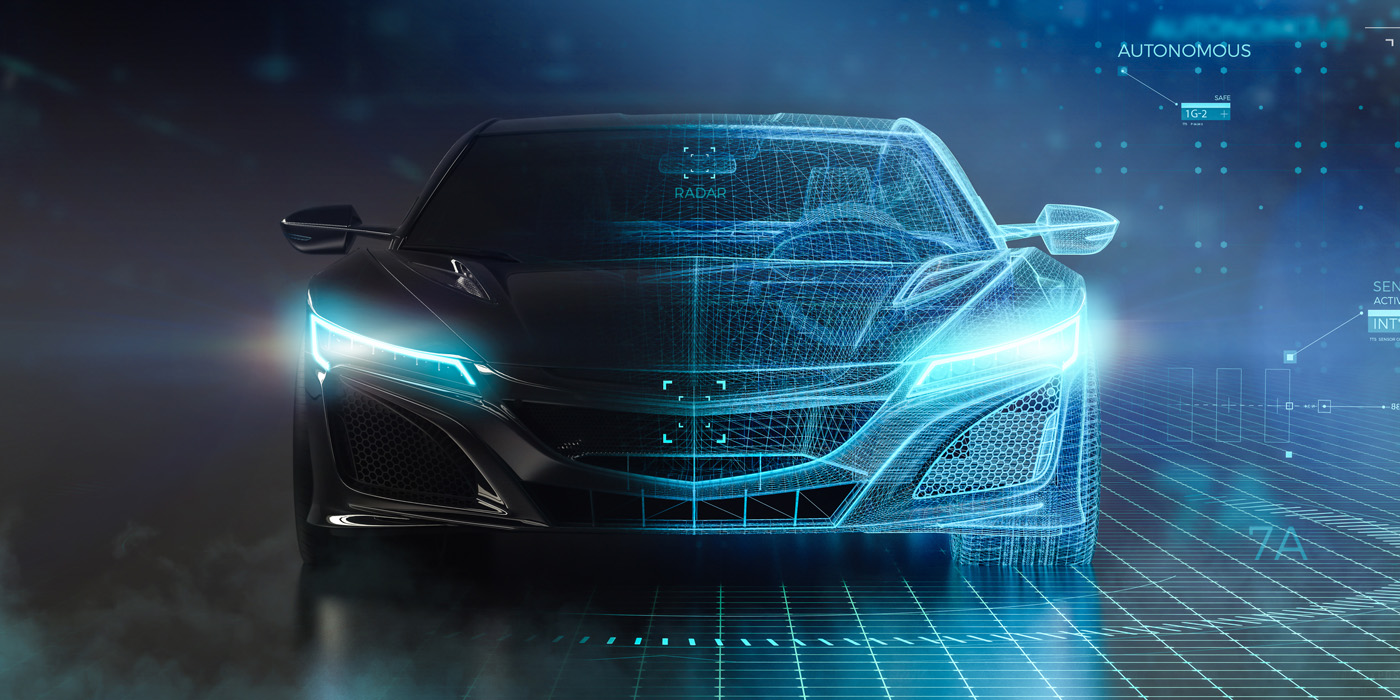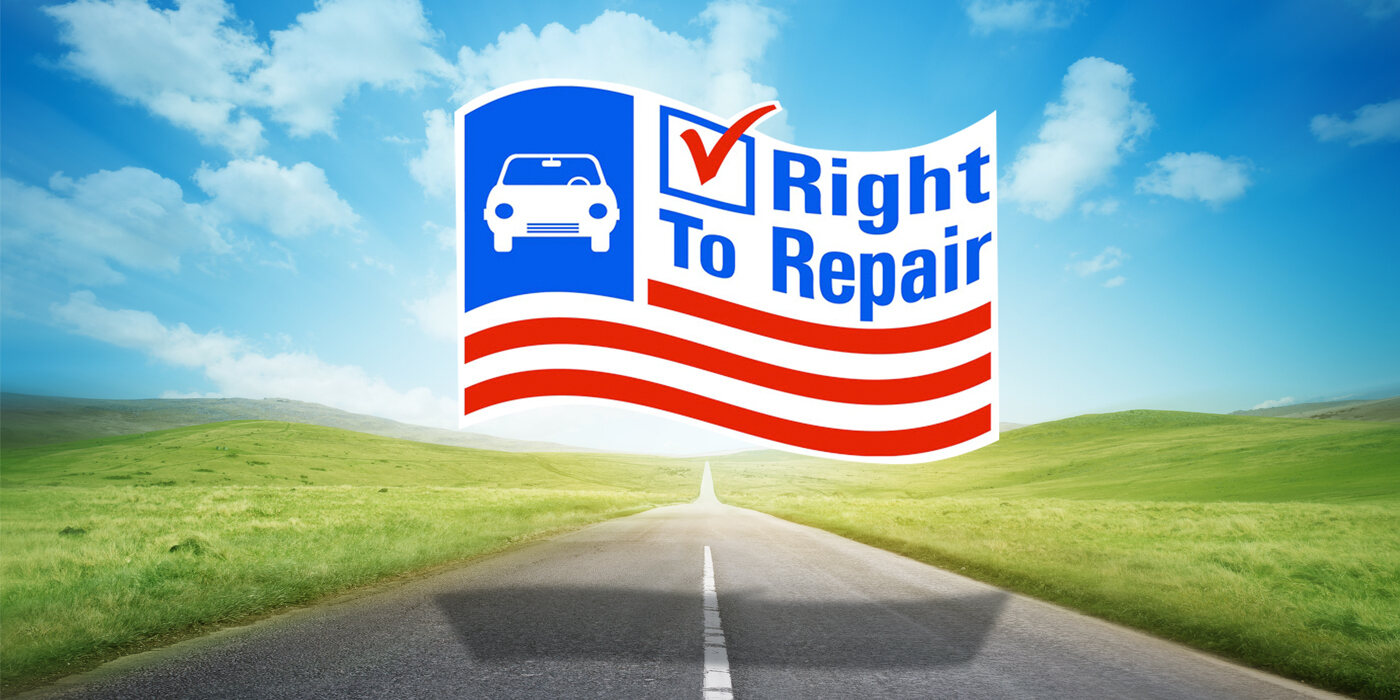I recently realized I have been asleep at the wheel; that is, the wheel of driverless cars. You’d think a hopeless techie like me would have been all over driverless cars; but, the truth is, I have been avoiding the subject like the plague. I do see the occasional blip on the news about Google’s plans to map the world so their driverless cars can take over our roads. I also see the random updates from the Department of Defense’s DARPA agency on its funding of a race known as the Grand Challenge.
A contest to promote the development of autonomous vehicles and motivate advanced research for both military and civilian use is achieved by awarding large cash prizes. Still, the whole idea of driverless cars did little to engage me. I wish I could tell you the reason for my lack of interest was deeply rooted in my love of cars and driving; however, that’s just not me. For three generations, my family has been involved in the automotive business, and in all that time I never owned a race car or a classic. Nor have I been a wrenchhead, tweaking my cars to get more out of it. I enjoy a good drive just like the next guy, as long as it’s short, with no traffic, and I can use my GPS while streaming tunes from my Spotify account. As such, I figured I would never write a story for you on driverless cars; I just never bothered enough to learn anything about them, until recently that is.
A dear colleague, a non-too-techie friend who does an excellent job of turning me on to great subjects for my columns (thank you Mr. Burns) gave me a copy of an investment bank report on driverless cars. I buried the file in my digital archives for months, never caring for it. I had almost forgotten about it; but, on a recent plane ride I ran out of things to read, and then remembered how Mr. Burns is usually right on the money with his recommendations.
So, I pulled a copy of the PDF on my iPad, and for the next 40 minutes was taken down a path of both enlightenment and visceral terror. As soon as the plane landed, I reconnected to the Web and searched for a lot more about driverless cars and the impact they will have in our lives — but more so on our industry. I always worry about business disruptions; in our lifetime, we’ve seen many industries go the way of the Dodo bird because they failed to see the impact of new technologies on their ways of doing business.
So far in my career, I have been able to stay ahead of the tech curve, but I always think about the day the tech wave will wipe me out. No big deal, right? All surfers know that once you get wiped out, there is only one thing to do: get back on the board. To keep up, you have to be aware of your environment and the changes in your industry. On the future of driverless cars, I was clueless, mindless and a bit careless — snoozing at the wheel. I knew they were coming for sure. I knew I would love to ride them. I knew they will be the coolest ride ever.
What I never bother to think about is how they will disrupt vehicle ownership in the next two decades. By some estimates, within the next 25 years, cars per household will decline by 50 percent, while average miles driven per vehicle will increase significantly. You see, when cars begin to drive themselves we will need less of them, and they will drive a lot more than we ever did. On top of that, think about shedding ownership of your car in exchange of owning a piece of a shared vehicle. While this sounds down right socialist, it’s truly what many of us need.
Think about how many hours a day you use your cars versus how many more hours the cars are parked near you — just waiting. Our cars, with the exception of commercial vehicles, are the most underutilized assets we own; on average, we use them for less than an hour per day! With a shared driverless car, the utilization will be maximized while the cost of ownership will drop to pennies per mile ridden.
This will motivate us to give up our cars at a rate estimated at 9:1 — for every new autonomous self-driving shared vehicle, nine privately owned cars could be replaced. That’s where the fear of new tech started to cripple me: A nine to one replacement rate of our customers! Now, which one of us can survive that? Thankfully, over the years, I have learned to subscribe to a famous quote by Roman philosopher Seneca, who said, “Our fears are always more numerous than our dangers.” The sleeper has awakened … and I’m clawing my wheel with both hands for the next 25 years until I figure out how to be the best damn parts supplier to all of those driverless cars coming down the road.









